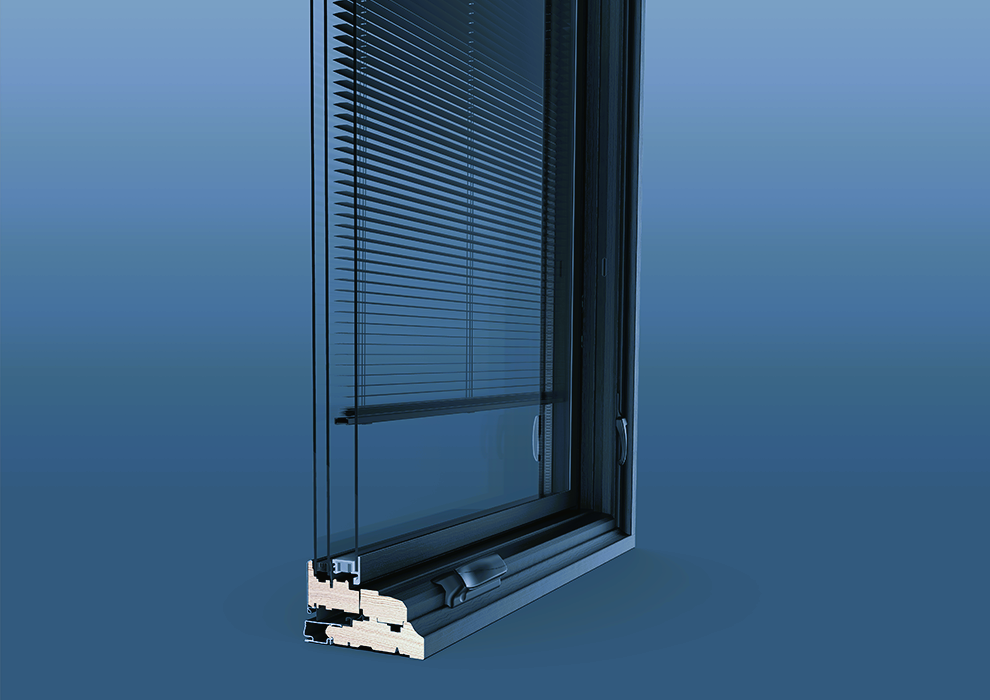Windows are an essential component of any building, providing natural light, ventilation, and a connection to the outside world. Over the years, window materials have evolved significantly, driven by technological advancements, sustainability concerns, and the need for improved energy efficiency. In this article, we will explore the modern trends in window materials, highlighting the innovations and new possibilities that have emerged in recent years.
Energy Efficiency and Sustainability
One of the key trends in modern window materials is a strong focus on energy efficiency and sustainability. With increasing concerns about climate change and rising energy costs, homeowners and building professionals are seeking windows that can minimize heat loss, reduce energy consumption, and lower carbon footprints.
New-generation window materials incorporate advanced technologies such as low-emissivity (low-E) coatings, multiple glazing layers, and gas-filled gaps to enhance thermal insulation. These features help to prevent heat transfer between the interior and exterior, resulting in reduced heating and cooling needs. Additionally, sustainable window materials such as responsibly sourced wood, recycled aluminum, and fiberglass are gaining popularity due to their eco-friendly properties.

Smart Windows and Dynamic Glazing
Another exciting trend in window materials is the integration of smart technologies and dynamic glazing systems. Smart windows can automatically adjust their tint, transparency, or reflectivity in response to external conditions such as sunlight intensity, temperature, and user preferences. This dynamic control allows for better energy management, glare reduction, and privacy control.
Electrochromic, thermochromic, and photochromic technologies are commonly employed in smart windows. Electrochromic windows use an applied electric voltage to darken or lighten the glass, while thermochromic windows respond to temperature changes. Photochromic windows, on the other hand, rely on the intensity of ultraviolet (UV) light to trigger tinting.
High-Performance Insulating Materials
Advancements in insulation materials have also contributed to the development of high-performance windows. Traditional window materials like wood, aluminum, and vinyl are being augmented with innovative insulating materials to enhance energy efficiency and durability.
Fiberglass-reinforced plastic (FRP) frames offer excellent thermal performance, structural strength, and resistance to moisture and UV radiation. Composite materials comprising a combination of fiberglass and pultruded polyurethane foam provide exceptional insulation properties. These materials have a low thermal conductivity, reducing the heat transfer and improving overall energy efficiency. Plastic recycling technologies in Ontario, more here.
Soundproofing and Acoustic Performance
Noise pollution is a significant concern in urban areas, leading to an increased demand for windows with superior soundproofing capabilities. Modern window materials are engineered to reduce external noise transmission, providing occupants with a quieter and more comfortable living or working environment.

Laminated glass, composed of multiple layers with a sound-damping interlayer, is commonly used to improve acoustic performance. Gas-filled glazing, such as double or triple-pane windows, also helps to block noise transmission. Additionally, insulated frames and proper sealing techniques contribute to reducing sound infiltration.
Conclusion
As the construction industry embraces sustainability, energy efficiency, and occupant comfort, modern trends in window materials continue to evolve. Innovations such as energy-efficient coatings, smart technologies, high-performance insulating materials, and enhanced soundproofing capabilities have opened up new possibilities in window design.
By staying abreast of the latest trends and adhering to industry standards, homeowners, architects, and builders can select window materials that meet their specific needs and contribute to a greener, more comfortable future.
To learn more about, you can visit the following sources:
- Wikipedia – Window Materials.

